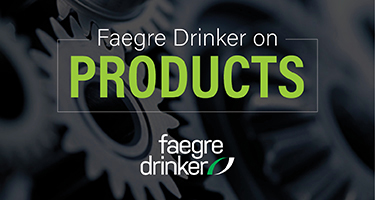The first appellate shoe has dropped in the litigation involving the herbicide Roundup, Johnson v. Monsanto Co., decided July 20, 2020, by California’s 1st District Court of Appeal, Division One. We discussed the verdict and the trial court’s post-trial rulings here, and we now follow through with an update.
Initially, the price tag for allowing questionable science into the courtroom, as measured by this verdict, has been reduced. The court of appeal lowered the compensatory damages award from $39 million to about $10.25 million, concluding the jury had improperly awarded noneconomic damages that plaintiff would likely never suffer. Because plaintiff’s counsel had argued to the jury that plaintiff’s Non-Hodgkins Lymphoma had reduced his future life expectancy to two years, the jury could not award pain and suffering damages beyond that two-year span. And, agreeing with the trial court that constitutional limits required a 1:1 ratio between compensatory and punitive damages, the court slashed the $78 million punitive award to about $10.5 million.
Continue reading “California [Again] Confronts the High Cost of Litigation Uncertainty”

